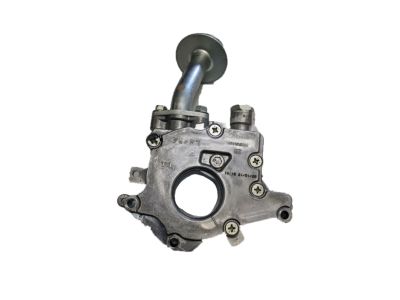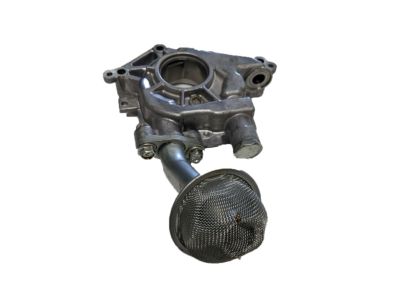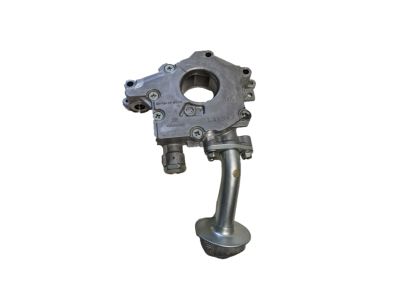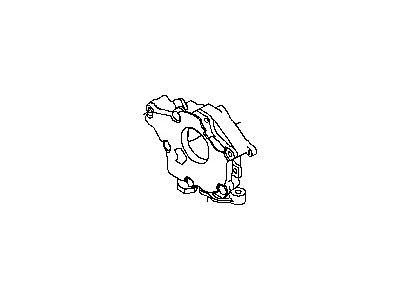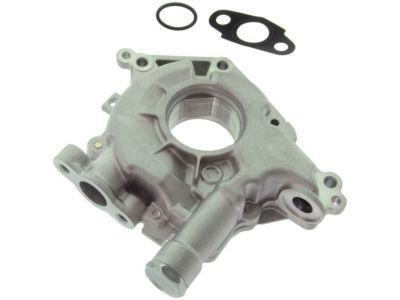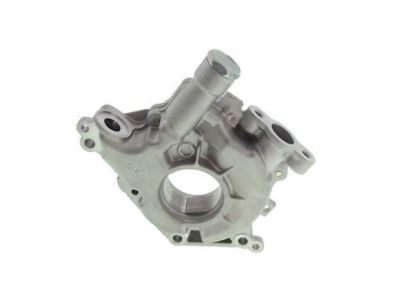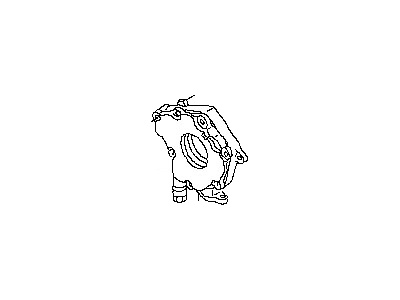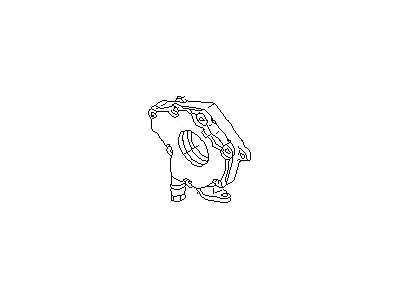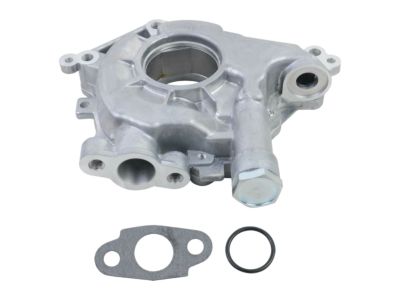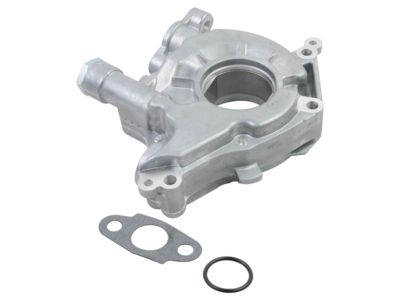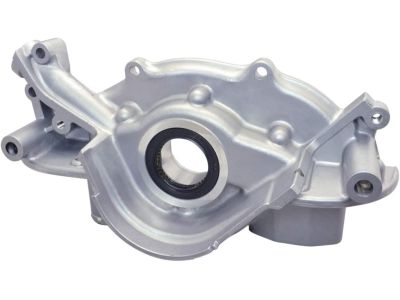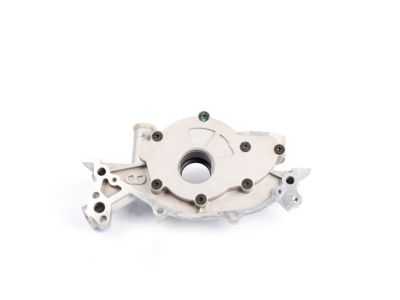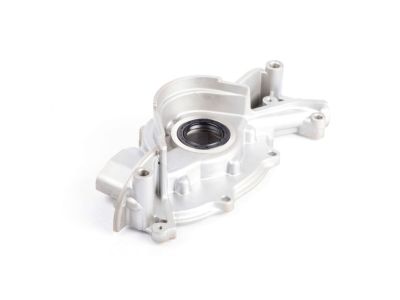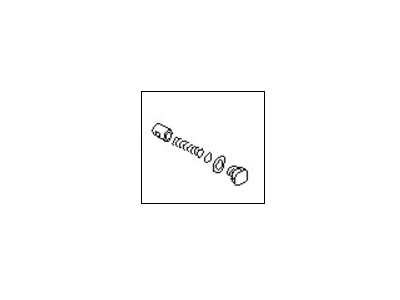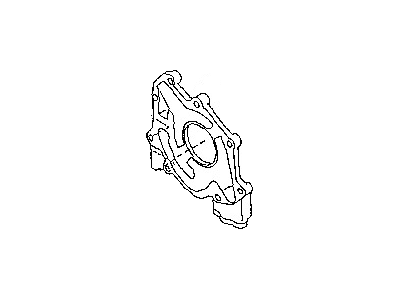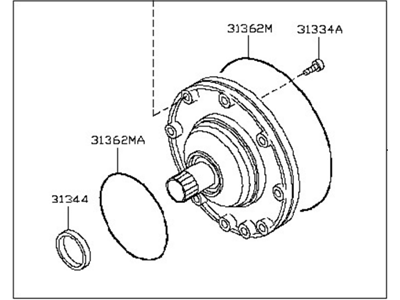×
- Hello
- Login or Register
- Quick Links
- Live Chat
- Track Order
- Parts Availability
- RMA
- Help Center
- Contact Us
- Shop for
- Nissan Parts
- Nissan Accessories

My Garage
My Account
Cart
Genuine Nissan Maxima Oil Pump
Oil Fluid Pump- Select Vehicle by Model
- Select Vehicle by VIN
Select Vehicle by Model
orMake
Model
Year
Select Vehicle by VIN
For the most accurate results, select vehicle by your VIN (Vehicle Identification Number).
15 Oil Pumps found

Nissan Maxima Pump-Oil
Part Number: 15010-9HP0A$81.03 MSRP: $114.45You Save: $33.42 (30%)Ships in 1-3 Business Days
Nissan Maxima Pump-Oil
Part Number: 15010-7Y00A$61.31 MSRP: $86.60You Save: $25.29 (30%)Ships in 1-3 Business DaysNissan Maxima Pump Assembly-Oil
Part Number: 15010-8J101$502.15 MSRP: $709.25You Save: $207.10 (30%)Ships in 1-3 Business Days

Nissan Maxima Oil Pump
If you need any OEM Nissan Maxima Oil Pump, feel free to choose them out of our huge selection of genuine Nissan Maxima Oil Pump. All our parts are offered at unbeatable prices and are supported by the manufacturer's warranty. In addition, we offer quick shipping to have your parts delivered to your door step in a matter of days.
Nissan Maxima Oil Pump Parts Questions & Experts Answers
- Q: How do you remove, inspect, and reinstall the timing belt, crankshaft sprocket, and oil pump assembly on Nissan Maxima with SOHC engine?A:To have access to the Timing Belt and crankshaft sprocket, it is necessary to first, strip the oil pan. Subsequently, take out the adjusting bar of the alternator and the bolt that fixes the bar to the oil pump. Take out the bolts of the power steering pump and unbolt it along with the hoses but without disconnecting them and set it aside, then removed the power steering pump bracket. Remove the oil pump to engine block bolts using the caution that you can leave the pickup tube and oil filter adapter connected to the pump if needed. Remove the oil pump gasket seal by striking it with a hammer having the tip of a block of wood on the top of the oil pump gasket seal, then, extract the oil pump from the engine block. Next, scrape and solvent the mating surfaces due to mating. For check, unscrew the bolt that is used to secure the rear cover of the oil pump to the pump, wash the components and check for wear and tear. The oil pressure regulator cap and washer, the spring and the valve should be removed and the condition of the sliding surface and of the spring should be carefully checked; as both the cap and washer, spring and valve are sold only as a complete set, since they are written off together. Using a feeler gauge check the calibration of the respective parts of the oil pump and if the clearance is high change the entire oil pump. Coat the pump in petroleum jelly to prepare the pump for moving the oil; fit the oil pump; and properly fasten the screws. Screw in the oil pressure regulator valve spring followed by the washer and the cap after it had been tightened. It is also recommended to change the O-ring on the flange of the pick-up tube oil and re-attach and tighten the bolts of the pick-up tube. To install, use ATV sealant on the surface that attaches to the oil pump, and replace any components that have been unbolted with new gaskets, and re-establish the reverse of the process of removal. Place the flats on the crankshaft to fit the flats on the oil pump gear, then tighten all bolts.
Related Nissan Maxima Parts
Browse by Year
2021 Oil Pump 2020 Oil Pump 2019 Oil Pump 2018 Oil Pump 2017 Oil Pump 2016 Oil Pump 2014 Oil Pump 2013 Oil Pump 2012 Oil Pump 2011 Oil Pump 2010 Oil Pump 2009 Oil Pump 2008 Oil Pump 2007 Oil Pump 2006 Oil Pump 2005 Oil Pump 2004 Oil Pump 2003 Oil Pump 2002 Oil Pump 2001 Oil Pump 2000 Oil Pump 1999 Oil Pump 1998 Oil Pump 1997 Oil Pump 1996 Oil Pump 1995 Oil Pump 1994 Oil Pump 1993 Oil Pump 1992 Oil Pump 1991 Oil Pump 1990 Oil Pump 1989 Oil Pump 1988 Oil Pump 1987 Oil Pump 1986 Oil Pump 1985 Oil Pump
